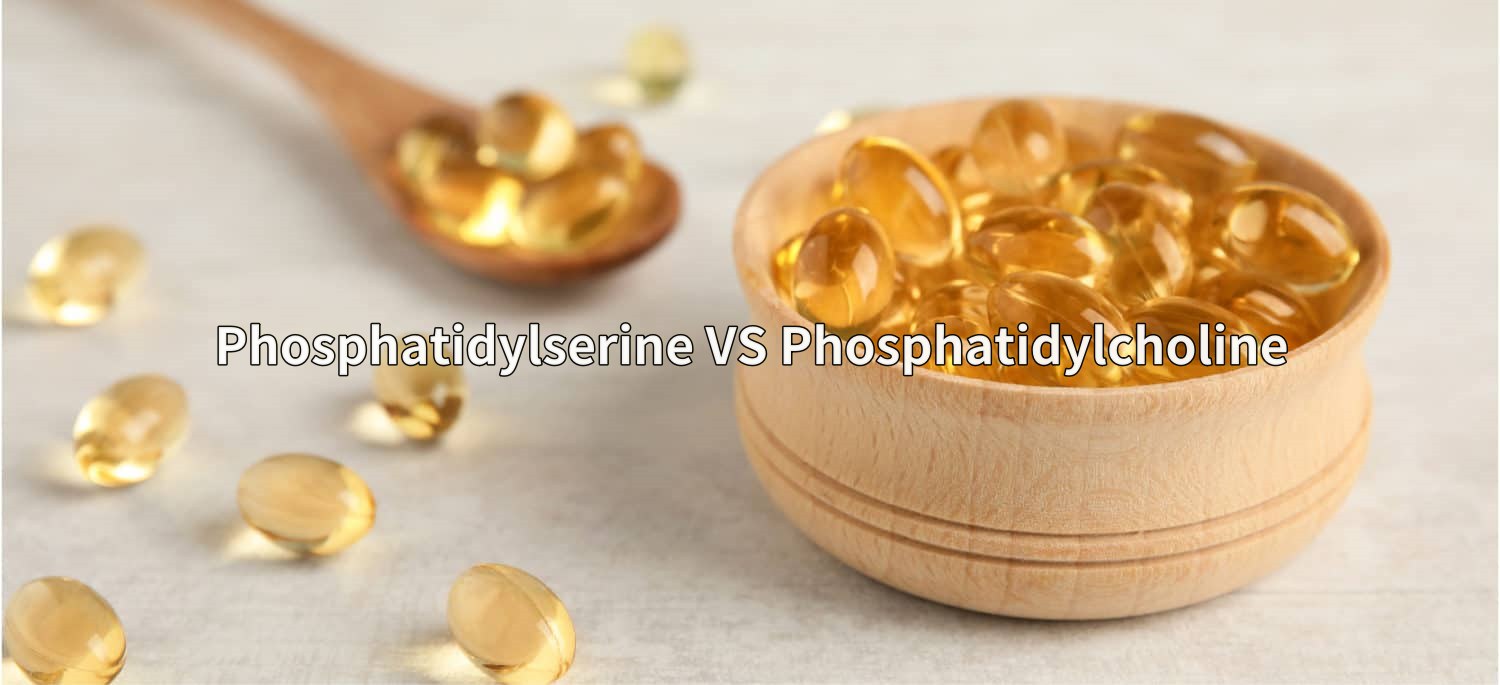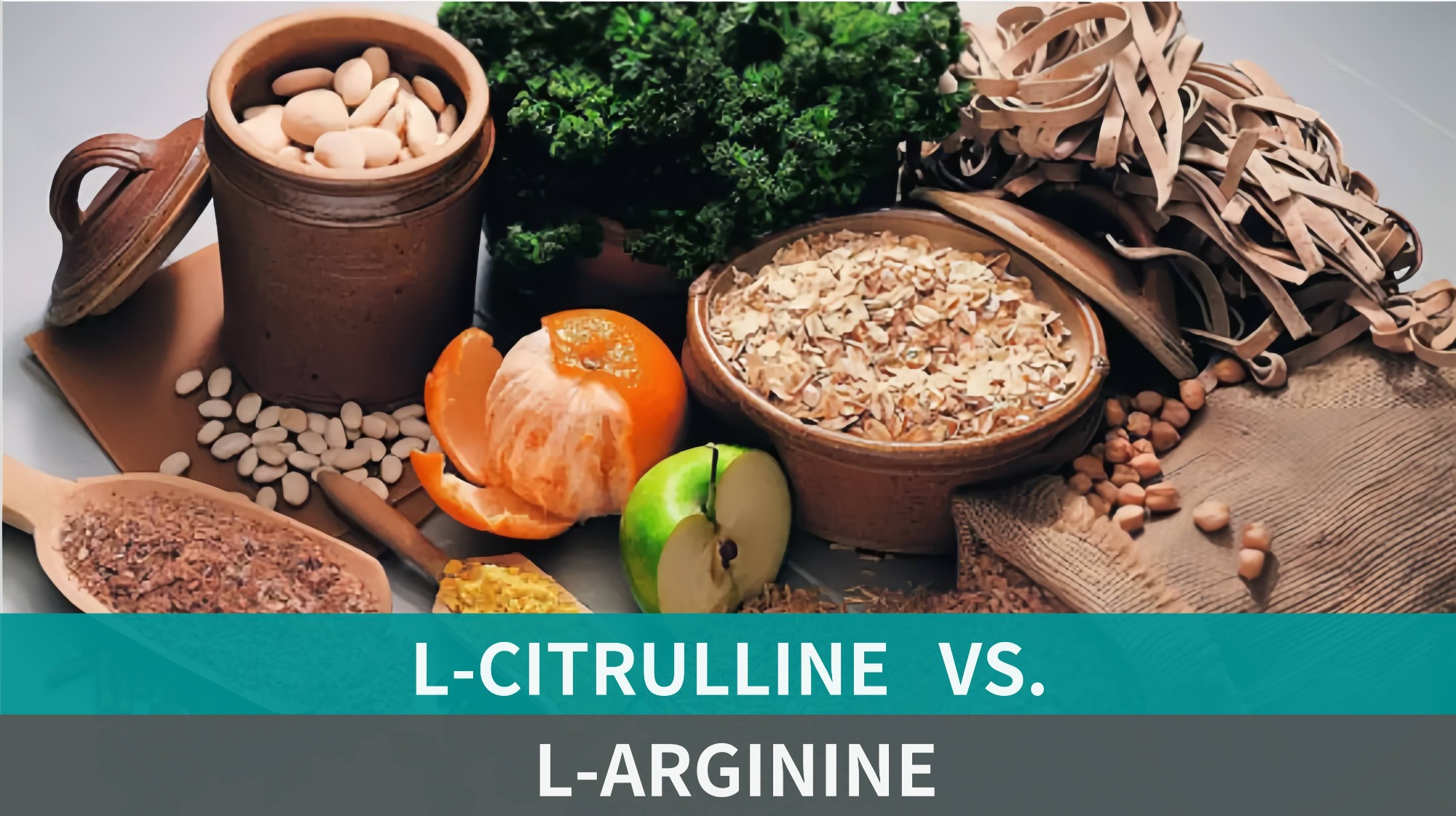A Comparative Analysis of Hyaluronic Acid and Glucosamine: Understanding Their Roles in Health and Wellness
In the realm of health and wellness, two compounds have gained significant attention for their purported benefits: hyaluronic acid (HA) and glucosamine. Both substances are integral to various physiological processes within the human body, yet they differ in their structures, functions, and applications. This article aims to delve into a comparative analysis of hyaluronic acid and glucosamine, shedding light on their distinct characteristics and potential health benefits.
Hyaluronic Acid (HA):
Hyaluronic acid, also known as hyaluronan, is a naturally occurring substance found abundantly in connective tissues, skin, and eyes. Its molecular structure consists of repeating units of glucuronic acid and N-acetylglucosamine, giving it unique viscoelastic properties. One of the primary functions of HA is to maintain tissue hydration and lubrication, thereby contributing to the suppleness and resilience of the skin. Additionally, hyaluronic acid plays a crucial role in wound healing, inflammation modulation, and joint lubrication.
Glucosamine:
Glucosamine is a derivative of glucose and amino acids, primarily sourced from shellfish shells or synthesized in laboratories. It serves as a building block for the synthesis of glycosaminoglycans (GAGs), essential components of cartilage, ligaments, and tendons. Glucosamine is often consumed as a dietary supplement, purportedly to support joint health and alleviate symptoms of osteoarthritis. It is believed to stimulate the production of cartilage matrix and inhibit the degradation of existing cartilage, thus potentially mitigating joint pain and
stiffness.
Comparative Analysis:
1. Structural Differences:
►Hyaluronic acid is a linear polysaccharide composed of alternating units of glucuronic acid and N-acetylglucosamine, whereas glucosamine is a monosaccharide derivative of glucose.
►HA possesses high molecular weight and viscoelastic properties, contributing to its lubricating and hydrating effects, while glucosamine serves as a precursor for the synthesis of glycosaminoglycans, vital for cartilage structure and function.
2. Mechanisms of Action:
►Hyaluronic acid acts as a humectant, attracting and retaining water molecules to maintain tissue hydration and lubrication. It also interacts with cell surface receptors, modulating various cellular processes such as inflammation and tissue repair.
►Glucosamine serves as a substrate for the synthesis of glycosaminoglycans within cartilage, promoting cartilage repair and inhibiting enzymatic degradation. It may also have anti-inflammatory properties, albeit the mechanisms are not fully understood.
3. Health Benefits:
►Hyaluronic acid is widely utilized in skincare products for its moisturizing and anti-aging properties. It is also used in ophthalmic surgeries to improve ocular lubrication and wound healing. In joint health, intra-articular injections of HA are employed to alleviate symptoms of osteoarthritis and enhance joint function.
►Glucosamine is commonly taken as a dietary supplement to support joint health and manage osteoarthritis symptoms. While research on its efficacy remains mixed, some studies suggest potential benefits in reducing pain, improving mobility, and preserving joint integrity.
4. Safety and Side Effects:
►Hyaluronic acid is generally considered safe with minimal side effects, although rare allergic reactions or localized inflammatory responses may occur, particularly with injections.
►Glucosamine is well-tolerated by most individuals, but common side effects such as gastrointestinal discomfort, headaches, and allergic reactions have been reported. Caution is advised in individuals with shellfish allergies or diabetes due to potential interactions.
Conclusion:
In summary, hyaluronic acid and glucosamine are two distinct compounds with unique structures, functions, and applications in health and wellness. While hyaluronic acid primarily contributes to tissue hydration, lubrication, and wound healing, glucosamine plays a crucial role in cartilage synthesis and joint health. Both substances have been studied for their potential therapeutic benefits, particularly in skincare and joint health domains. However, further research is needed to elucidate their mechanisms of action and efficacy in various clinical settings. Whether utilized independently or in combination, hyaluronic acid and glucosamine offer promising avenues for promoting overall health and well-being.



 Phosphatidylserine VS Phosphatidylcholine
Phosphatidylserine VS Phosphatidylcholine
 L-Citrulline VS L-Arginine
L-Citrulline VS L-Arginine